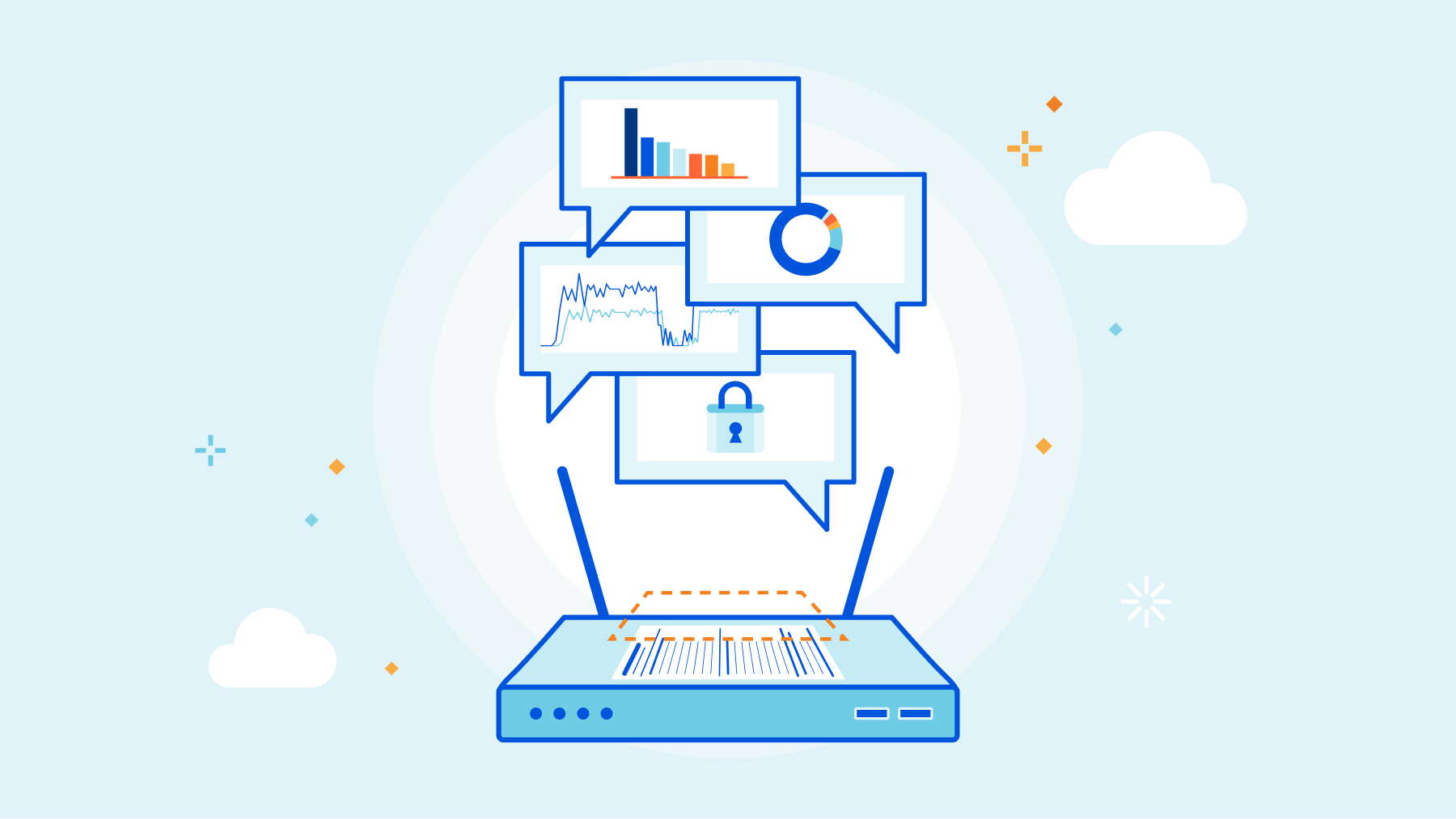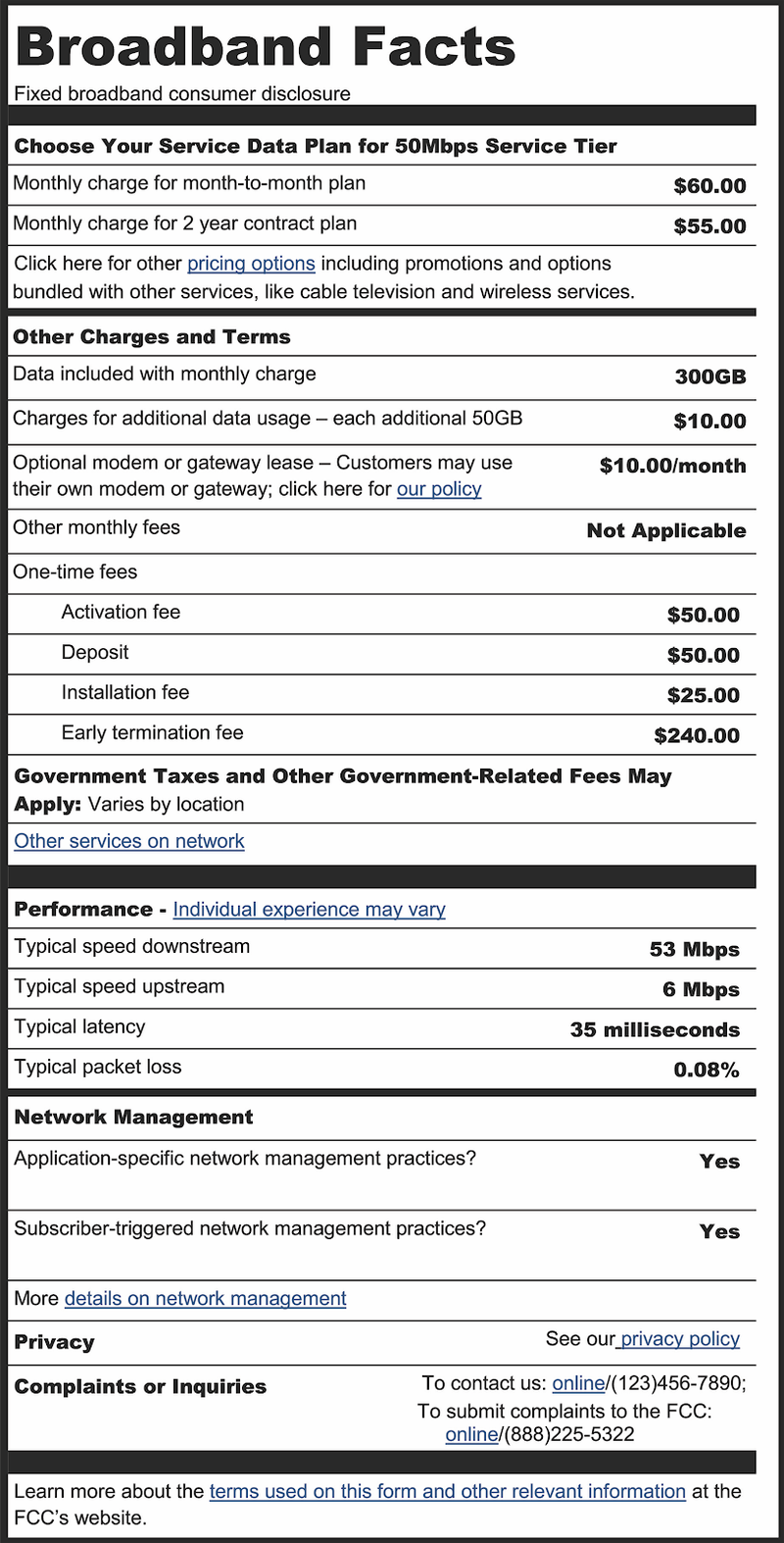Heavy Networking 626: Choosing The Right Silicon For The Job (Sponsored)
Today's Heavy Networking, sponsored by Juniper, dives into the custom vs. merchant silicon debate. Juniper makes the case for its Trio 6 ASIC in MX routers. We get into the specifics of Trio 6 capabilities, examine the needs of the multi-service edge, and discuss the technology and business cases for custom hardware.
The post Heavy Networking 626: Choosing The Right Silicon For The Job (Sponsored) appeared first on Packet Pushers.
Heavy Networking 626: Choosing The Right Silicon For The Job (Sponsored)
Today's Heavy Networking, sponsored by Juniper, dives into the custom vs. merchant silicon debate. Juniper makes the case for its Trio 6 ASIC in MX routers. We get into the specifics of Trio 6 capabilities, examine the needs of the multi-service edge, and discuss the technology and business cases for custom hardware.In Defense of Subscriptions

It’s not hard to see the world has moved away from discrete software releases to a model that favors recurring periodic revenue. Gone are the days of a bi-yearly office suite offering or a tentpole version of an operating system that might gain some features down the road. Instead we now pay a yearly fee to use the program or application and in return we get lots of new things on a somewhat stilted cadence.
There are a lot of things to decry about software subscription models. I’m not a huge fan of the way that popular features are put behind subscription tiers that practically force you to buy the highest, most expensive one because of one or two things you need that can only be found there. It’s a callback to the way that cable companies put their most popular channels together in separate packages to raise the amount you’re paying per month.
I’m also not a fan of the way that the subscription model is a huge driver for profits for investors. If your favorite software program doesn’t have a subscription model just yet you’d better hope they never take a big investment. Because those investors are hungry Continue reading
Cloud Engineering For The Network Pro: Part 6 – VPNs And Routes – Video
Michael Levan reviews different VPN options to connect to applications and services in Azure and AWS. You can subscribe to the Packet Pushers’ YouTube channel for more videos as they are published. It’s a diverse a mix of content from Ethan and Greg, plus selected videos from our events. It’s sort of like our podcasts, […]
The post Cloud Engineering For The Network Pro: Part 6 – VPNs And Routes – Video appeared first on Packet Pushers.
The Future of Innovation: How 5G Is Pushing Drone Technology Forward
The ultra-reliable, ultra-low-latency, and high-bandwidth communication links afforded by 5G networks offers a way to support safe and innovative applications for drones.Breaking down broadband nutrition labels


As part of the recently passed Infrastructure Investment and Jobs Act (Infrastructure Act) in the United States, Congress asked the Federal Communications Commission (FCC) to finalize rules that would require broadband Internet access service providers (ISPs) display a “label” that provides consumers with a simple layout that discloses prices, introductory rates, data allowances, broadband performance, management practices, and more.

While the idea of a label is not new (the original design dates from 2016), its inclusion in the Infrastructure Act has reinvigorated the effort to provide consumers with information sufficient to enable them to make informed choices when purchasing broadband service. The FCC invited the public to submit comments on the existing label, and explain how the Internet has changed since 2016. We’re sharing Cloudflare’s comments here as well to call attention to this opportunity to make essential information accessible, accurate, and transparent to the consumer. We encourage you to read our full comments. (All comments, from Cloudflare and others, are available for public consumption on the FCC website.)
The Internet, 6 years ago
Six years can change a lot of things, and the Internet is Continue reading
Practical Python For Networking: 2. 2 Python Virtual Environment Setup – Video
In this episode of the Python for Networking series, host Eric Chou covers setting up your Linux host and your Python 3 virtual environment. For more information, check out Python Virtual Environments: A Primer (https://realpython.com/python-virtual-environments-a-primer/) Course files are in a GitHub repository: https://github.com/ericchou1/pp_practical_lessons_1_route_alerts Eric Chou is a network engineer with 20 years of experience, including […]
The post Practical Python For Networking: 2. 2 Python Virtual Environment Setup – Video appeared first on Packet Pushers.
Video: Challenges of Managed SD-WAN Services
When I published a link to the Is MPLS/VPN Too Complex? blog post to LinkedIn, someone asked whether I’m skeptical about service provider SD-WAN services due to lack of skills, and Kristijan Taskovski quickly identified the root cause in his reply:
The argument of a lack of skill is only one that is perpetuated by businesses. It’s not perpetuated by engineers. People that are trained, honed, and knowledgeable are expensive. Expense is the number one enemy for a business.
That’s exactly why I think most managed SD-WAN services will be a dismal failure.
Video: Challenges of Managed SD-WAN Services
When I published a link to the Is MPLS/VPN Too Complex? blog post to LinkedIn, someone asked whether I’m skeptical about service provider SD-WAN services due to lack of skills, and Kristijan Taskovski quickly identified the root cause in his reply:
The argument of a lack of skill is only one that is perpetuated by businesses. It’s not perpetuated by engineers. People that are trained, honed, and knowledgeable are expensive. Expense is the number one enemy for a business.
That’s exactly why I think most managed SD-WAN services will be a dismal failure.
Community Spotlight series: Calico Open Source user insights from cloud solutions architect, Geoff Burke
In the first installment of our Community Spotlight series, I asked Geoff Burke from Tsunati to share his experience with Kubernetes and Calico Open Source. Geoff talks about how he got started with Kubernetes, the challenges that led him to search for a Container Network Interface (CNI), and why he has chosen Calico Open Source as his preferred CNI.
If you are just getting started with Kubernetes and curious about where other people start their journey, this blog post provides valuable insight and information.
Q: Please tell us a little bit about yourself, including where you currently work and what you do there.
I’m currently a senior cloud solutions architect at Tsunati. We are a data protection company and we focus on backup and recovery, mainly trying to help service providers enhance their services. We have a lot of virtualization expertise. In fact, I am a Veeam legend and a Veeam Vanguard. I also work quite intensely with Kasten by Veeam, which is a Kubernetes-native backup and recovery migration application.
Q: There are many people who are just getting started with Kubernetes and might have a lot of questions. Could you please talk a little bit about your own journey?
HS020 Are Operational and Technical Debt Complementary
We start debating the nature of technical debt. What is it, how is it created before moving into solutions. Then we take an unexpected turn into operational debt, why its more important and how software defined has delivered solutions here. Also, we dunk on digital transformation.
The post HS020 Are Operational and Technical Debt Complementary appeared first on Packet Pushers.
HS020 Are Operational and Technical Debt Complementary
We start debating the nature of technical debt. What is it, how is it created before moving into solutions. Then we take an unexpected turn into operational debt, why its more important and how software defined has delivered solutions here. Also, we dunk on digital transformation.Practical Python For Networking: 3.1 – Detection With Nornir – Installation And Inventory – Video
This episode in the Python series covers installing Nornir in your Python virtual environment. Course files are in a GitHub repository: https://github.com/ericchou1/pp_practical_lessons_1_route_alerts Eric Chou is a network engineer with 20 years of experience, including managing networks at Amazon AWS and Microsoft Azure. He’s the founder of Network Automation Nerds and has written the books Mastering […]
The post Practical Python For Networking: 3.1 – Detection With Nornir – Installation And Inventory – Video appeared first on Packet Pushers.
Cisco Cat9300X – Tech Field Day
The other week I had the privilege of participating in Tech Field Day Exclusive with Cisco 2022. One of the …
The post Cisco Cat9300X – Tech Field Day first appeared on Fryguy's Blog.Practical Python For Networking: 3.3 Detection With Nornir – Detect Route Change – Video
Episode 3.3 walks through detecting a route change. You can find code samples for this example in the GitHub repository: https://github.com/ericchou1/pp_practical_lessons_1_route_alerts Eric Chou is a network engineer with 20 years of experience, including managing networks at Amazon AWS and Microsoft Azure. He’s the founder of Network Automation Nerds and has written the books Mastering Python […]
The post Practical Python For Networking: 3.3 Detection With Nornir – Detect Route Change – Video appeared first on Packet Pushers.
Cloud Engineering For The Network Pro: Part 7 – DNS And Load Balancers – Video
The final video in this series on cloud engineering for network pros goes over DNS and load balancers and how to set them up in AWS and Azure. You can subscribe to the Packet Pushers’ YouTube channel for more videos as they are published. It’s a diverse a mix of content from Ethan and Greg, […]
The post Cloud Engineering For The Network Pro: Part 7 – DNS And Load Balancers – Video appeared first on Packet Pushers.